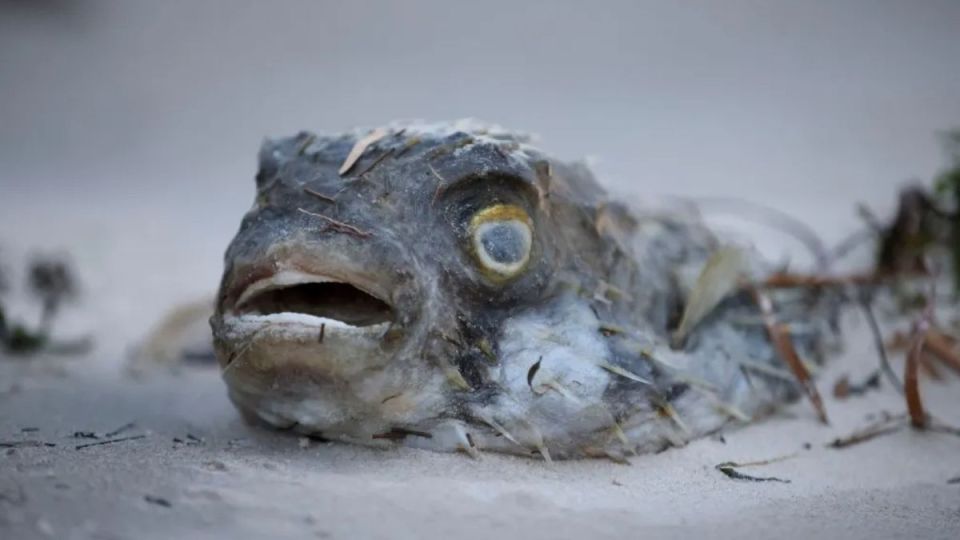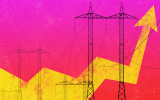


The South Australian government has agreed to match the federal government’s $14 million in funding as the state grapples with a toxic algal bloom that is hitting its fishing industries.
The SA funding comes after a meeting of the state Emergency Management Committee of Cabinet, and will cover industry support, science and research, communications, community support, and clean-up.
A large share of the money ($8.5 million) will go towards expanding a coastal monitoring network that will monitor harmful algal bloom species through real-time sensors, satellite imagery and oceanographic modelling.
A new national testing laboratory in South Australia will be established for algal bloom and brevetoxin/biotoxin testing.
Further, $3 million will be spent on assessing fish stocks and fisheries, to quantify impact. That will include modelling ecological impacts on near-shore marine ecosystems and all sanctuary zones using remote underwater video surveys and dive surveys.
There will also be a $2 million public information campaign focused on rebuilding confidence and driving visitation to coastal regions, while $3 million will support a community fund for activities and small projects in affected areas.
A total of $1 million will go to beach clean-ups, while there will also be $10,000 grants for eligible small businesses.
Earlier this month, the Malinauskas government announced it would waive licence fees for fishers affected by the bloom.
On Monday, federal Environment Minister Murray Watt announced a $14 million federal funding package to assist in monitoring the algal bloom and cleaning up dead marine life on SA beaches.
However, he stopped short of declaring the crisis a natural disaster, because an algal bloom does not meet the existing definition.
The bloom of the microalgae species Karenia mikimotoi was identified off South Australia’s Fleurieu Peninsula in March. It has grown to more than 4400 square kilometres, almost the size of Kangaroo Island.
In recent weeks, it has broken up and spread north into Spencer Gulf, south into the Coorong wetlands and along Adelaide’s beaches in Gulf St Vincent into the Port River, killing tens of thousands of marine animals.
Last week, the state government said the algal bloom had been detected at 12 metropolitan locations.
The state Department of Environment and Water said the bloom “occurs naturally and no human intervention can be made to dilute or dissipate it”.
It has offered three contributing factors thought to be the cause of the bloom: An “unprecedented” marine heatwave in September 2024, the 2022-23 River Murray flood that washed extra nutrients into the sea, or an unprecedented cold-water upwelling in summer 2023-24 that has brought nutrient-rich water to the surface.
South Australian Greens MLC Robert Simms said the package was welcome but was “also silent on climate”.
“Premier [Peter Malinauskas] started the day by recognising that climate change is playing a clear role in this crisis, yet his government is still locked in arms with the gas lobby,” he said.
“In the months while this crisis has worsened, Labor has urged new drilling for gas and oil in South Australia, despite experts warning this will make the problem worse.
“The fossil fuel tenders to drill in the Otway and Polda Basins must be cancelled now.”
On Tuesday, Malinauskas said the package was “a deliberately calibrated suite of measures for the next stage of our response to this unprecedented harmful algal bloom”.
“We have been engaging with key stakeholders, industry and communities to ensure our response is targeted to where it is needed most,” he said.
“As a government, this represents the next stage of our response to this developing natural disaster, and we stand ready to deliver additional support if and when it is needed.”
This article is reproduced from InDaily. Read the original here










